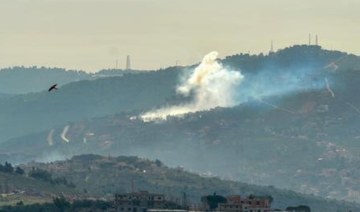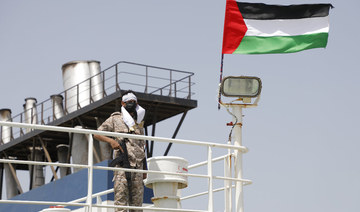BEIRUT: The prospect of a full-scale war between Israel and Lebanon’s Hezbollah militia terrifies people on both sides of the border, but some see it as an inevitable fallout from Israel’s ongoing war against Hamas in Gaza.
Such a war could be the most destructive either side has ever experienced.
Israel and Hezbollah each have lessons from their last war, in 2006, a monthlong conflict that ended in a draw. They’ve also had four months to prepare for another war, even as the United States tries to prevent a widening of the conflict.
Here’s a look at each side’s preparedness, how war might unfold and what’s being done to prevent it.
WHAT HAPPENED IN 2006?
The 2006 war, six years after Israeli forces withdrew from south Lebanon, erupted after Hezbollah captured two Israeli soldiers and killed several others in a cross-border raid.
Israel launched a full-scale air and ground offensive and imposed a blockade that aimed to free the hostages and destroy Hezbollah’s military capabilities — a mission that ultimately failed.
Israeli bombing leveled large swaths of south Lebanon and Beirut’s southern suburbs. Hezbollah fired thousands of unguided rockets into northern Israel communities.
The conflict killed some 1,200 Lebanese, mostly civilians, and 160 Israelis, mostly soldiers.
A United Nations resolution ending the war called for withdrawal of Israeli forces from Lebanon and a demilitarized zone on Lebanon’s side of the border.
Despite the deployment of UN peacekeepers, Hezbollah continues to operate in the border area, while Lebanon says Israel regularly violates its airspace and continues to occupy pockets of Lebanese land.
HOW PROBABLE IS WAR?
An Israel-Hezbollah war “would be a total disaster,” UN Secretary-General Antonio Guterres warned last month, amid a flurry of shuttle diplomacy by the US and Europe.
Iran-backed Hezbollah seemed caught off-guard by Hamas’ Oct. 7 attack on Israel, a regional ally. Since then, Hezbollah and Israel have exchanged daily cross-border strikes, escalating gradually. Israel also carried out targeted killings of Hezbollah and Hamas figures in Lebanon.
More than 200 people, mostly Hezbollah fighters but also more than 20 civilians, have been killed on Lebanon’s side, and 18 on Israel’s.
Tens of thousands have been displaced on both sides. There are no immediate prospects for their return.
Israeli political and military leaders have warned Hezbollah that war is increasingly probable unless the militants withdraw from the border.
Hezbollah leader Hassan Nasrallah hasn’t threatened to initiate war but warned of a fight “without limits” if Israel does. Hezbollah says it won’t agree to a ceasefire on the Israel-Lebanon border before there’s one in Gaza and has rebuffed a US proposal to move its forces several kilometers (miles) back from the border, according to Lebanese officials.
Despite the rhetoric, neither side appears to want war, said Andrea Tenenti, spokesperson for the UN peacekeeping mission in south Lebanon. However, “a miscalculation could potentially trigger a wider conflict that would be very difficult to control,” he said.
HOW PREPARED ARE THEY?
Both Hezbollah and the Israeli military have expanded capabilities since 2006 — yet both countries also are more fragile.
In Lebanon, four years of economic crisis have crippled public institutions, including its army and electrical grid, and eroded its health system. The country hosts more than 1 million Syrian refugees.
Lebanon adopted an emergency plan for a war scenario in late October. It projected the forcible displacement of 1 million Lebanese for 45 days.
About 87,000 Lebanese are displaced from the border area. While the government is relying on international organizations to fund the response, many groups working in Lebanon can’t maintain existing programs.
The UN refugee agency has provided supplies to collective shelters and given emergency cash to some 400 families in south Lebanon, spokesperson Lisa Abou Khaled said. The agency doesn’t have funds to support large numbers of displaced in the event of war, she said.
Aid group Doctors Without Borders said it has stockpiled some 10 tons of medical supplies and backup fuel for hospital generators in areas most likely to be affected by a widening conflict, in anticipation of a blockade.
Israel is feeling economic and social strain from the war in Gaza, which is expected to cost over $50 billion, or about 10 percent of national economic activity through the end of 2024, according to the Bank of Israel. Costs would rise sharply if there’s war with Lebanon.
“No one wants this war, or wishes it on anyone,” said Tal Beeri of the Alma Research and Education Center, a think tank focusing on northern Israel security. But he said he believes an armed conflict between Israel and Hezbollah is inevitable, arguing that diplomatic solutions appear unlikely and would only allow Hezbollah’s strategic threats to increase.
Israel has evacuated 60,000 residents from towns nearest the border, where there’s no warning time for rocket launches because of the proximity of Hezbollah squads.
In a war, there would be no point in additional evacuations since the militia’s rockets and missiles can reach all of Israel.
After the Oct. 7 attack, the war in Gaza had broad domestic support, even if there’s now a growing debate over its direction. Around half of Israelis would support war with Hezbollah as a last resort for restoring border security, according to recent polling by the think tank Israel Democracy Institute.
In Lebanon, some have criticized Hezbollah for exposing the country to another potentially devastating war. Others support the group’s limited entry into the conflict and believe Hezbollah’s arsenal will deter Israel from escalating.
HOW WOULD WAR PLAY OUT?
A full-scale war would likely spread to multiple fronts, escalating the involvement of Iranian proxies in Syria, Iraq and Yemen — and perhaps even draw in Iran itself.
It could also drag the US, Israel’s closest ally, deeper into the conflict. The US already has dispatched additional warships to the region.
Hezbollah has 150,000 to 200,000 rockets and missiles of various ranges, said Orna Mizrahi of the Israeli think tank Institute for National Security Studies. This arsenal is at least five times larger than that of Hamas and far more accurate, she said.
The militia’s guided projectiles could reach water, electricity or communications facilities, and densely populated residential areas.
In Lebanon, airstrikes would likely wreak havoc on infrastructure and potentially kill thousands. Netanyahu has threatened to “turn Beirut into Gaza,” where Israel’s air and ground incursion has caused widespread destruction and killed more than 26,000 people, according to Hamas-controlled Gaza’s Health Ministry.
Israel is far more protected, with several air defense systems, including the Iron Dome, which intercepts rockets with a roughly 90 percent success rate. But it can get overwhelmed if a mass barrage of rockets is fired.
Some 40 percent of Israel’s population live in newer homes with private safe rooms fortified with blast protection to withstand rocket attacks. Israel also has a network of bomb shelters, but a 2020 government report says about one-third of Israelis lack easy access to them.
Lebanon has no such network, and shelters would be of little use against massive “bunker buster” bombs Israel has dropped in Gaza.
Hezbollah has limited air defenses, while those of the Lebanese army are outdated and insufficient because of budget shortfalls, said Dina Arakji, with the UK-based risk consultancy firm Control Risks.
The Lebanese army has remained on the sidelines over the past four months. In 2006, it entered fighting in a limited capacity, but it’s unclear how it would react in the event of a new Israel-Hezbollah war.
Israel, Lebanon are prepping for a war neither wants, but many fear it’s becoming inevitable
https://arab.news/2narw
Israel, Lebanon are prepping for a war neither wants, but many fear it’s becoming inevitable

- Such a war could be the most destructive either side has ever experienced
- Israel and Hezbollah each have lessons from their last war, in 2006, a monthlong conflict that ended in a draw
Iran’s Raisi ‘unbefitting of condolences’: son of ousted shah

PARIS: Iran’s former president Ebrahim Raisi, who died in a helicopter crash, is not worthy of condolences due to the rights abuses he is accused of overseeing, the son of the late Iranian shah said Monday.
US-based Reza Pahlavi, whose father Mohammad Reza Pahlavi was ousted in the 1979 Islamic revolution and died in exile in 1980, warned the death of Raisi would not affect the policies of the Islamic republic at home or abroad.
“Today, Iranians are not in mourning. Ebrahim Raisi was a brutal mass-murderer unbefitting of condolences,” Pahlavi said in a post on his official Instagram.
“Sympathy with him is an insult to his victims and the Iranian nation whose only regret is that he did not live long enough to see the fall of the Islamic republic and face trial for his crimes,” the former crown prince added.
Rights groups including Amnesty International have long accused Raisi of being a member of a four-man “death committee” involved in approving the executions of thousands of political prisoners, mostly suspected members of the outlawed opposition group People’s Mujahedin of Iran (MEK), in 1988.
As a key figure in the judiciary ever since and then president from 2021, Raisi has also been accused of responsibility over deadly crackdowns on protesters and other violations.
But Pahlavi warned the death of Raisi, as well as that of his foreign minister Hossein-Amir Abdollahian in the same crash, will “not alter the course” of the Islamic republic, where supreme leader Ayatollah Ali Khamenei has final say.
“This regime will continue its repression at home and aggression abroad,” Pahlavi said.
Pahlavi was a key member of a broad coalition of Iranian exiled opposition groups that joined together in the wake of nationwide protests that erupted in September 2022.
The coalition broke up amid tensions, but he remains an influential figure for some in the diaspora.
Pahlavi’s father the late shah, who was groomed by the West to be a Cold War ally, grew increasingly autocratic during his decades-long rule, using his feared Savak security service to crush political opposition and leading to criticism from Washington of his human rights abuses.
Iran’s President Raisi and FM Amir-Abdollahian join a long list of world leaders who have perished in air disasters

- The duo perished on Sunday when the helicopter carrying them crashed in a mountainous region of northern Iran
- At least two dozen top officials and serving heads of state have died in plane and helicopter crashes over the past century
LONDON: Iranian President Ebrahim Raisi was confirmed dead on Monday after search-and-rescue teams found his crashed helicopter in a mountainous region of northern Iran, close to the border with Azerbaijan.
Killed alongside Raisi were Foreign Minister Hossein Amir-Abdollahian and seven others, including the crew, bodyguards and political and religious officials.
Iran’s Supreme Leader Ayatollah Ali Khamenei has assigned Vice President Mohammad Mokhber to assume interim duties ahead of elections within 50 days. Ali Bagheri, the country’s one-time top nuclear negotiator, was appointed as acting foreign minister.
Iranian authorities first raised the alarm on Sunday afternoon when they lost contact with Raisi’s helicopter as it flew through a fog-shrouded mountain area of the Jolfa region of East Azerbaijan province.
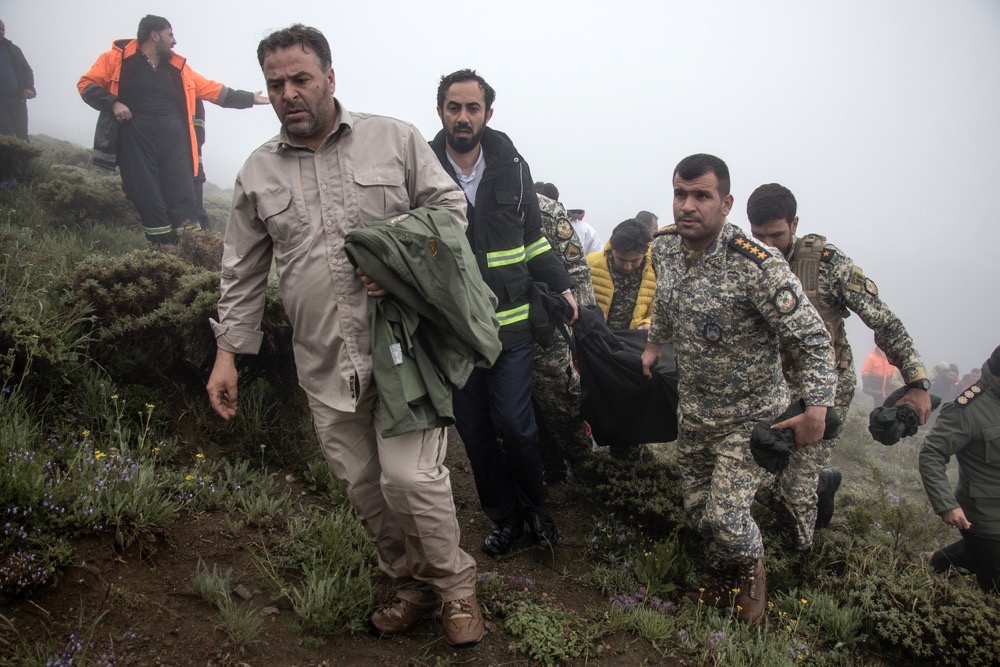
Raisi had earlier met Azerbaijan’s President Ilham Aliyev on their common border to inaugurate a dam project.
On the return trip, only two of the three helicopters in his convoy landed in the city of Tabriz, setting off a massive search-and-rescue effort, with several foreign governments soon offering help.
As the sun rose on Monday, rescue crews said they had located the destroyed Bell 212 helicopter — a civilian version of the ubiquitous Vietnam War-era UH-1N “Twin Huey” — with no survivors among the nine people on board.
State television channel IRIB reported that the helicopter had “hit a mountain and disintegrated” on impact.
Analysts have highlighted concerns about the safety of Iran’s civilian and military aircraft, many of which are in a poor state of repair after decades of US sanctions deprived the nation of new models and spare parts.
Iran has kept its civil and military aviation fleets flying during its isolation since the 1979 revolution through a combination of smuggled parts and reverse-engineering, according to Western analysts.
“Spare parts would have definitely been an issue for the Iranians,” Cedric Leighton, a retired US Air Force colonel, told CNN.
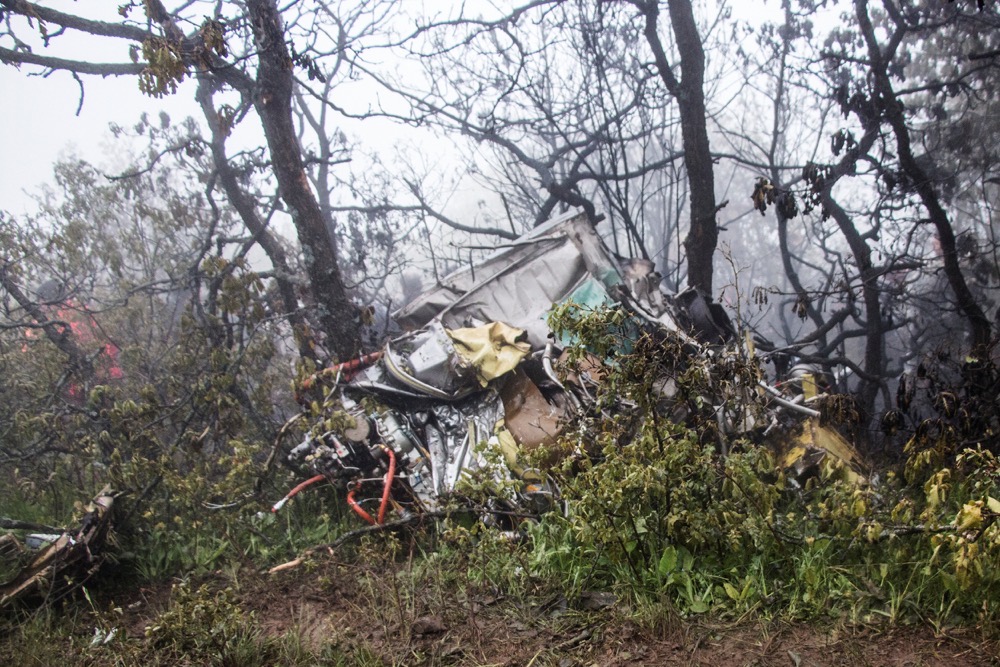
“In this particular case, I think this confluence of spare parts, because of the sanctions, plus the weather, which was very bad over the last few days in this particular part of northwestern Iran.
“All of that, I think contributed to a series of incidents and a series of decisions that the pilot and possibly even the president himself made when it came to flying this aircraft … And unfortunately for them, the result is this crash.”
Sunday’s incident is only the latest in a long history of air disasters that have claimed the lives of world leaders since the dawn of aviation.
One of the first instances of a serving leader or head of state to die in an air accident was Arvid Lindman, the prime minister of Sweden, whose Douglas DC-2 crashed into houses in Croydon, south London, while attempting to take off in thick fog on Dec. 9, 1936.
As the age of aviation took off during the interwar period, more and more leaders began taking to the skies for diplomatic visits and to touch base with the more distant corners of their dominions.
On Sept. 7, 1940, Paraguayan President Jose Felix Estigarribia died in a plane crash just a year after taking office, followed in 1943 by Poland’s prime minister in exile, Wladyslaw Sikorski, who died on July 4, 1943, when his B24C Liberator crashed into the Mediterranean shortly after taking off from Gibraltar.
While aviation technology and safety rapidly advanced after the Second World War as more and more countries began establishing their own air forces and civilian commercial fleets, technical faults, bad weather, and foul play continued to claim lives.
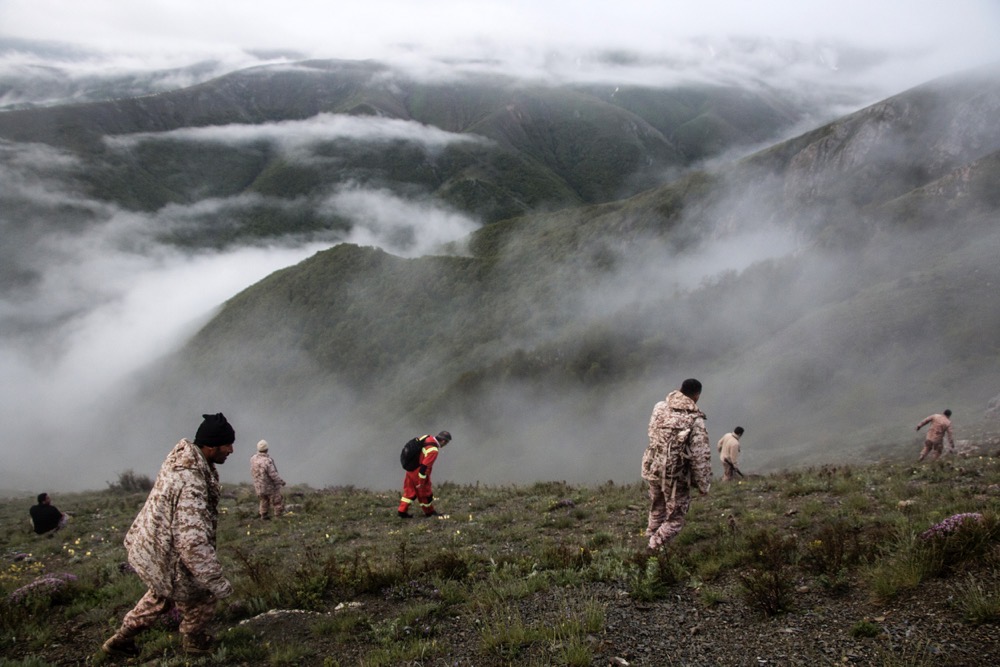
On March 17, 1957, Ramon Magsaysay, the president of the Philippines, was killed when his plane crashed into Mount Manunggal in Cebu. A year later, on June 16, Brazil’s interim president, Nereu Ramos, died in a Cruzeiro airline crash near Curitiba Afonso Pena International Airport.
Africa has also seen its share of air disasters. On March 29, 1959, Barthelemy Boganda, president of the Central African Republic, died when his Atlas flying boxcar exploded in midair over Bangui.
Then, in 1961, Swedish economist and diplomat Dag Hammarskjold, who served as the second secretary-general of the UN, died when his Douglas DC-6B crashed into a jungle in Zambia on Sept. 18.
With the 1960s came the widespread adoption of helicopter flight in conflict zones, search-and-rescue operations, and increasingly as an efficient way for politicians, diplomats and business leaders to get around and land in areas without an airstrip.
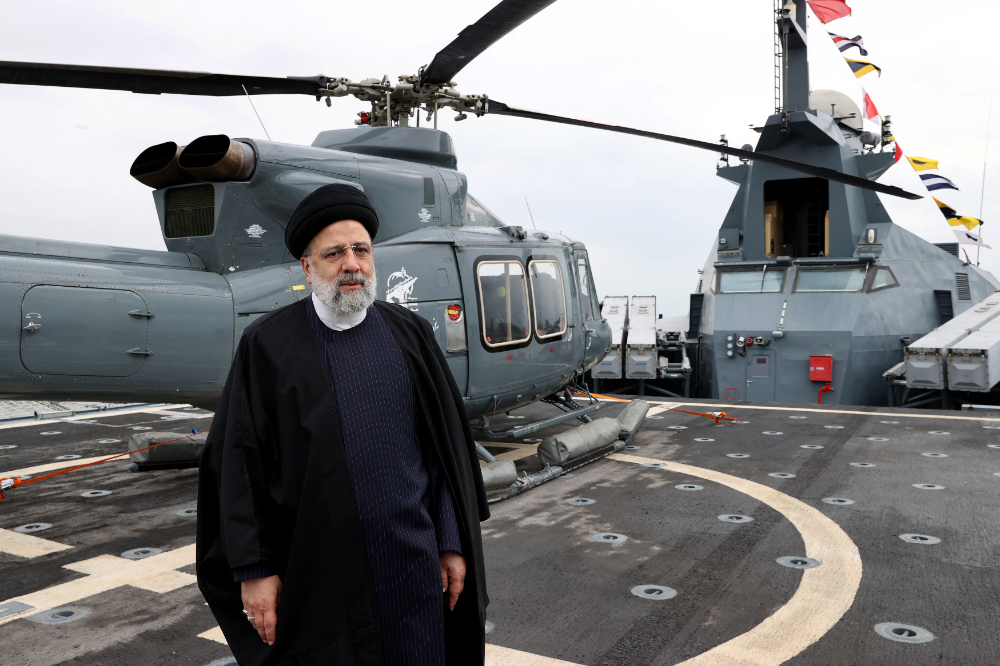
Like fixed-wing aircraft, however, helicopters are not immune to bad weather conditions, obstacles, human error, sabotage or terrorism.
One of the first world leaders to die in a helicopter crash was Abdul Salam Arif, the president of Iraq, who reportedly died when his aircraft was caught in a thunderstorm on April 13, 1966.
Similar incidents followed with the April 27, 1969, death of Bolivian President Rene Barrientos in a helicopter crash in Arque, and Joel Rakotomalala, the prime minister of Madagascar, in a crash on July 30, 1976.
Bad weather contributed to the death of Yugoslav premier Dzemal Bijedic on Jan. 18, 1977, when his Gates Learjet crashed into a mountain during a snowstorm.
Climatic conditions were also blamed when Ecuadorian President Jaime Roldos Aguilera’s Beech Super King Air 200 FAE-723 crashed on May 24, 1981, and when Mozambican President Samora Machel’s Tupolev-134A crashed while trying to land in a storm at Maputo on Oct. 19, 1986.
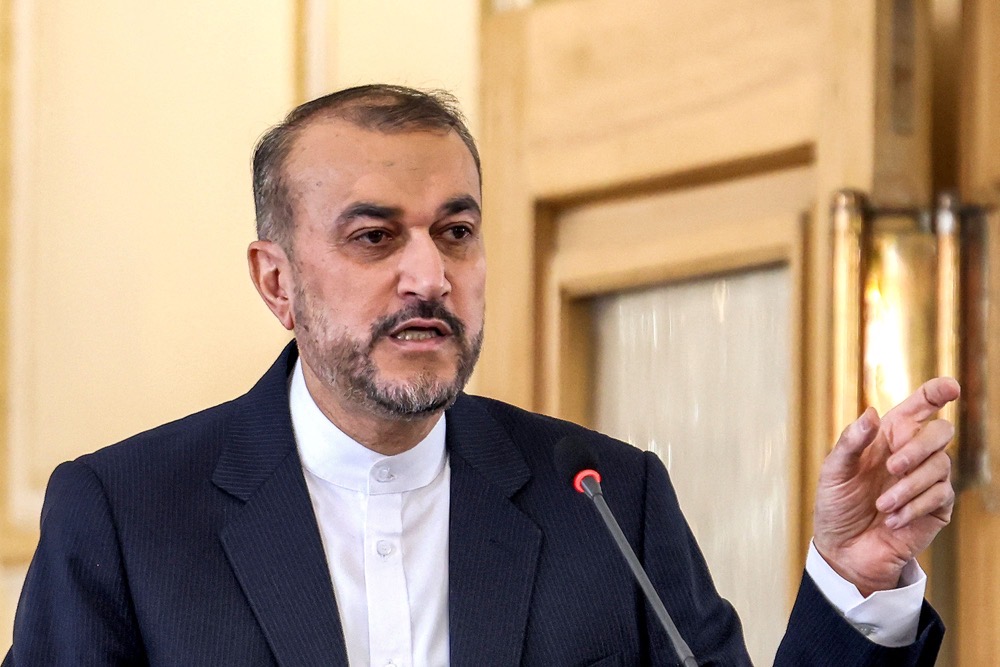
As the skies became busier, the potential for accidents grew. On July 18, 1967, Humberto de Alencar Castelo Branco, the first president of the Brazilian military dictatorship after the 1964 coup, died in a midair collision of Piper PA-23 aircraft near Fortaleza.
On May 27, 1979, Ahmed Ould Bouceif, the prime minister of Mauritania, died in a plane crash off the coast of Dakar, Senegal, and Francisco Sa Carneiro, who served as Portugal’s prime minister for only 11 months, died on Dec. 4, 1980.
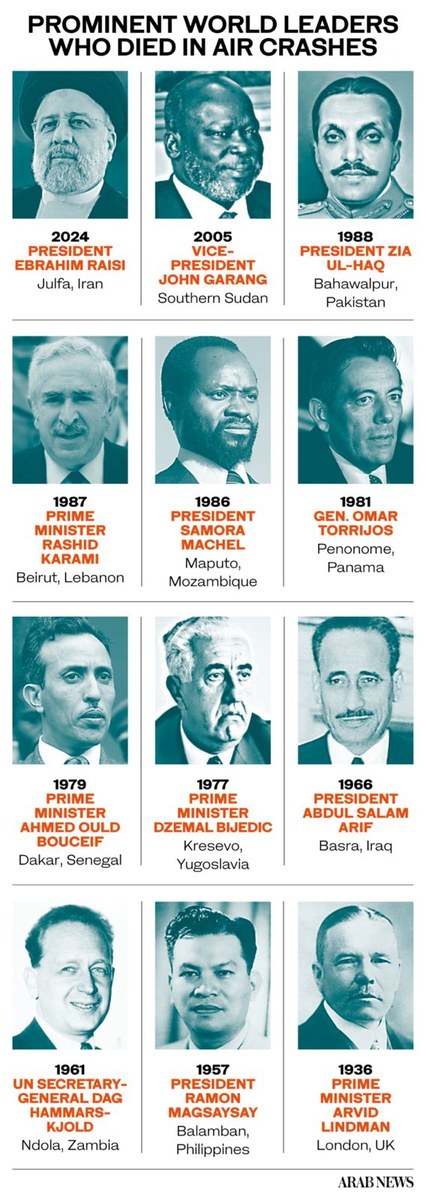
Not all crashes can be blamed on the weather or pilot error, however. In several cases, aircraft have been deliberately targeted as a means of killing their high-profile passengers.
Panamanian leader Gen. Omar Torrijos died on July 31, 1981, when his Panamanian Air Force plane crashed under suspicious circumstances.
On June 1, 1987, Lebanese statesman Rashid Karami, who served as prime minister eight times, was killed when a bomb detonated aboard his helicopter shortly after takeoff from Beirut.
In one particularly devastating incident, Rwandan President Juvenal Habyarimana and Burundian President Cyprien Ntaryamira were both killed on April 6, 1994, when their Dassault Falcon 50 9XR-NN was shot down while approaching Rwanda’s Kigali airport.
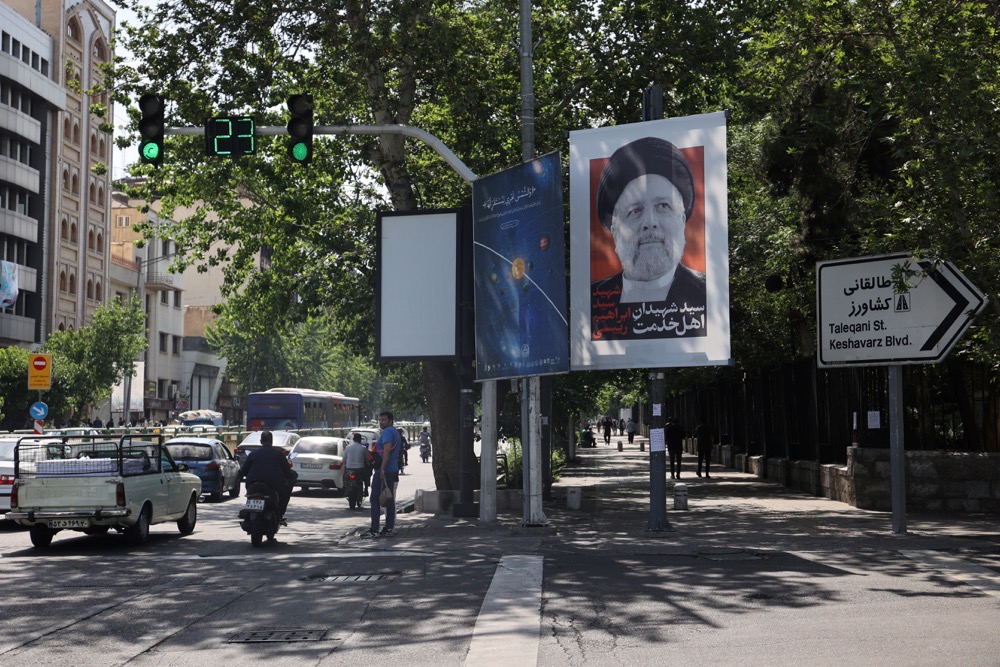
There have been several investigations into the air crash that killed Pakistan’s Gen. Zia Ul-Haq on Aug. 17, 1988, but no satisfactory cause was found, leading to a flurry of assassination theories.
The Pakistani Air Force Lockheed C-130B crashed shortly after takeoff from Bahawalpur. According to investigators, the plane plunged from the sky and struck the ground with such force that it was blown to pieces and wreckage scattered over a wide area.
Despite vast improvements in aviation safety, disasters have continued to strike well into the new millennium.
On Feb. 26, 2004, Macedonian President Boris Trajkovski died when his Beechcraft Super King Air 200 Z3-BAB crashed while trying to land in poor weather at Mostar.
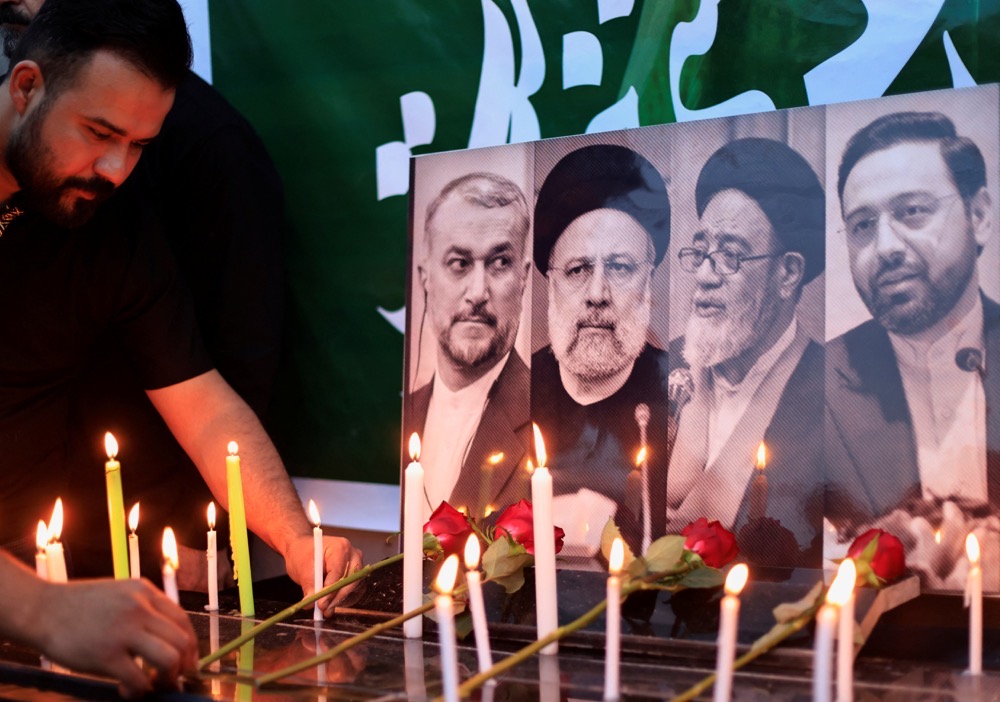
John Garang, leader of the Sudan People’s Liberation Army and briefly first vice president of Sudan, died when his helicopter crashed into a mountain range in the country’s south after getting caught in poor weather on July 30, 2005.
Muhammadu Maccido, the sultan of Sokoto in Nigeria, was killed alongside his son when his ADC Airlines Flight 53 crashed on Oct. 29, 2006, and Polish President Lech Kaczynski died on April 10, 2010, when his Tupolev-154 crashed in foggy weather when approaching Smolensk airport in western Russia.
In the latest incident prior to Raisi’s death, the deceased was actually at the controls when the aircraft got into difficulty. Chile’s former president, Sebastian Pinera, was killed on Feb. 6 this year when the Robinson R44 helicopter he was piloting crashed nose-first into Lake Ranco.

While this list of fatalities might give world leaders pause for thought as they step aboard their presidential jets on their next diplomatic outing, it is well worth remembering that modern air travel is statistically many times safer than traveling by road.
That said, an experienced pilot, an aircraft in good condition, a clear weather forecast, and a flight plan shrouded in secrecy would no doubt improve their odds of making a safe arrival.

Iran to hold presidential election on June 28: state media

- The election calendar was approved at the meeting of the heads of the judiciary, government, and parliament
TEHRAN: Iran announced Monday it will hold presidential elections on June 28, state media reported, following the death of President Ebrahim Raisi and his entourage in a helicopter crash.
“The election calendar was approved at the meeting of the heads of the judiciary, government, and parliament,” state television said.
“According to the initial agreement of the Guardian Council, it was decided that the 14th presidential election will be held on June 28.”
US says Houthis fired ballistic missile over Gulf of Aden

- “This continued malign and reckless behavior by the Iranian-backed Houthis threatens regional stability and endangers the lives of mariners,” CENTCOM said
- The Houthis did not claim credit for any fresh assaults on Monday, but they regularly do days later
AL-MUKALLA: Yemen’s Houthi militia launched a ballistic missile over the Gulf of Aden on Sunday, the US military said.
This comes as the Houthis intensified attacks on Yemeni government soldiers around the country.
The US military said in a statement on Monday morning Yemen time that at about 9:35 p.m. (Sanaa time) on Sunday, the Houthis launched one anti-ship ballistic missile from Yemen over the Gulf of Aden, but neither the US-led coalition nor international commercial ships reported being hit by the missile.
“This continued malign and reckless behavior by the Iranian-backed Houthis threatens regional stability and endangers the lives of mariners across the Red Sea and Gulf of Aden,” CENTCOM said.
The Houthis did not claim credit for any fresh assaults on Monday, but they regularly do days later.
The Houthis’ newest missile launch is part of an escalation of missile and drone strikes against commercial and navy ships in international seas near Yemen as well as in the Indian Ocean, which the Houthis claim are in support of Palestine.
The Houthis attacked dozens of ships with hundreds of ballistic missiles, drones and drone boats during their campaign against ships, which started in November.
They also took control of one commercial ship and destroyed another.
The US military said on Saturday that a Greek-owned and operated oil tanker heading toward China in the Red Sea, flying the flag of Panama, barely avoided being struck by a ballistic missile launched by the Houthis.
Meanwhile, four Yemeni government troops were killed on Monday while battling the Houthis in the province of Taiz, bringing the total number of soldiers killed in Houthi attacks to 11 in less than a week.
Local media said that the government’s Nation’s Shield Forces engaged in heavy fighting with the Houthis in the Hayfan area, on the border between Taiz and Lahj provinces, that left four of its soldiers dead.
On Saturday, a soldier from the same Yemeni military unit was killed and another injured while defending their position in Haydan against a Houthi onslaught.
Six more Yemeni soldiers from the government’s Giants Brigades were killed on Saturday in fighting with the Houthis in the Al-Abadia region of Marib’s central province.
On Monday, the Houthis held a military burial procession in Sanaa for two of their troops killed while battling with Yemeni government forces.
The Houthis have organized similar funerals for hundreds of fighters who have died on the front lines ever since the UN-brokered ceasefire came into effect in April 2022.
At the same time, official media said that Yemen’s Defense Minister Lt. Gen. Mohsen Al-Daeri met the UN Yemen envoy’s military adviser, General Antony Hayward, in Aden on Sunday to discuss Houthi attacks on government troops across the country, peace efforts to end the war, and the smuggling of Iranian weapons to the Houthis.
Al-Daeri said that the Houthis had breached agreements with the Yemeni government and would continue to pose a danger to international maritime lines as long as they controlled Yemeni territory on the Red Sea.
He also accused Iran of continuing to supply weapons and military officers to the Houthis through direct journeys from Iran’s Bandar Abbas port to the Houthi-controlled Hodeidah port.
On Monday, UN experts, including Nazila Ghanea, special rapporteur on freedom of religion or belief, urged the Houthis to release five members of the Bahai religious minority and to stop persecuting religious minorities in regions they control.
“We urge the de facto authorities to release these five individuals immediately and refrain from any further action that may jeopardize their physical and psychological integrity,” the experts said.
Armed Houthis abducted 17 Bahais, including five women, after bursting into a meeting in Sanaa a year ago, and they have refused to release them despite local and international requests.
According to the UN experts, the Houthis released 12 Bahais under “very strict conditions” after signing a written pledge not to communicate with other sect members, avoid religious activities and not leave cities without permission, and that the Houthis continue to hold five who are at risk of mistreatment by their captors.
“We are concerned that they continue to be at serious risk of torture and other human rights violations, including acts tantamount to enforced disappearance,” the UN experts said.
Egypt mourns death of Iran’s president

- The Egyptian president expressed Egypt’s solidarity with the leadership and people of Iran during this tragic time
CAIRO: Egypt mourned the deaths of Iran’s President Ebrahim Raisi and Foreign Minister Hossein Amir-Abdollahian.
Egypt’s presidency said in a statement: “It is with deep grief and sorrow that the Arab Republic of Egypt mourns the death of the President of the Islamic Republic of Iran, Ebrahim Raisi, Iran’s Minister of Foreign Affairs Hossein Amir-Abdollahian and their escorts on Sunday in a tragic crash.
“President Abdel Fattah El-Sisi extends his sincere condolences to the people of Iran, asking Allah to envelop President Raisi and the deceased with his mercy and grant solace and comfort to their families.”
The Egyptian president expressed Egypt’s solidarity with the leadership and people of Iran during this tragic time.
Meanwhile, Egypt’s Minister of Foreign Affairs Sameh Shoukry extended his condolences to the Iranian government and people over the deaths of Raisi and Amir-Abdollahian, according to ministry spokesperson Ahmed Abu Zeid.
A helicopter carrying Raisi, Amir-Abdollahian, and several other officials crashed in mountainous terrain in the country’s northwest on Sunday. On Monday, Tehran announced the deaths of Raisi, Amir-Abdollahian, and their accompanying delegation in the crash.




